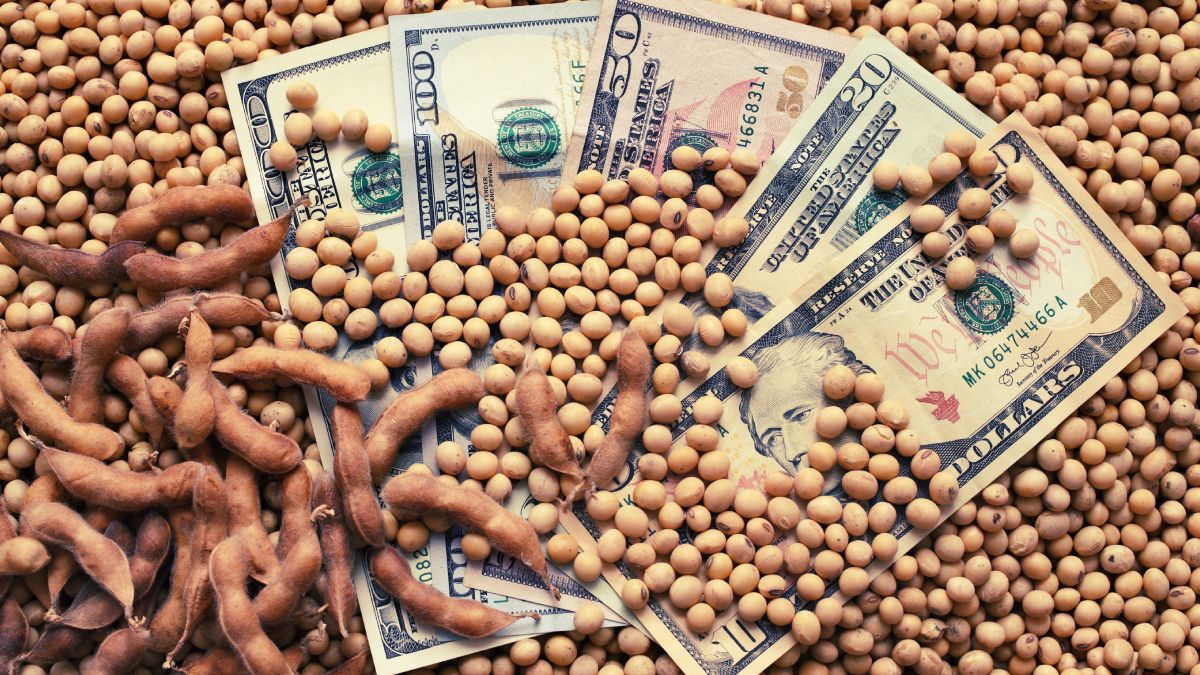The Chamber of the Oil Industry of the Argentine Republic (CIARA) and the Cereal Exporters Center (CEC), entities that represent 48% of Argentine exports, announced that in December companies in the agricultural sector liquidated US$1,966 million and that 2024 closed with a total accumulated amount above the US$25,000 million.
“The foreign exchange income for the month of December is the result of a good pace of grain sales by the producer, the beginning of the wheat and barley harvestas well as a solid program of soybean grinding for shipments of soybean meal and oil,” highlighted the last report of the year that was accessed Scope.
The US$1,966 million implies an increase of 58% in relation to the same month in 2023, as well as a decrease of 1.6% in relation to previous November. The annual result for 2024 was US$25,090,662,275, which showed an increase of 27%.
“2024 was higher than the previous year in foreign exchange earnings, caused by a higher harvest volume. International prices did not accompany the improvement in production, but the total annual values could have been higher,” they added from CIARA-CEC.
What are the most exported products of the oilseed-cereal complex?
According to INDEC data, the oilseed-cereal complex, including biodiesel and its derivatives, contributed 50.1% of Argentina’s total exports in 2023.
Official data indicate that the country’s main export product is soybean meal (12% of the total), which is an industrialized by-product generated by this agro-industrial complex, which currently has a high idle capacity of close to 70%.
The second most exported product last year, according to INDEC, was corn (11%) and the third was soybean oil (6.9%).
How agrodollars are calculated
As detailed by the entities, the monthly income of foreign currency, transformed into pesos, is the mechanism that allows them to continue purchasing grains from producers at the best possible price.
“The settlement of foreign exchange is fundamentally related to the purchase of grains that will later be exported, either in their same state or as processed products, after industrial transformation,” they stressed.
In this framework, they highlighted that most of the foreign exchange income in this sector occurs well in advance of the export, an anticipation that is around 30 days in the case of grain export and reaches up to 90 days in the case of the export of oils and protein meals.
“This anticipation also depends on the time of the campaign and the grain in question, so there are no delays in the settlement of foreign currency,” they emphasized.
In this sector, statistical comparisons between different periods are generally imprecise or inaccurate since the settlement of currencies is strongly influenced by the commercial cycle of grains, which depends on various and changing exogenous factors such as international price fluctuations, retraction of supply , different volume and protein value of the crops, climatic conditions, holidays, union force measures, regulatory modifications, tariff barriers and foreign tariffs, phytosanitary or quality requirements of other countries, etc.
Source: Ambito




